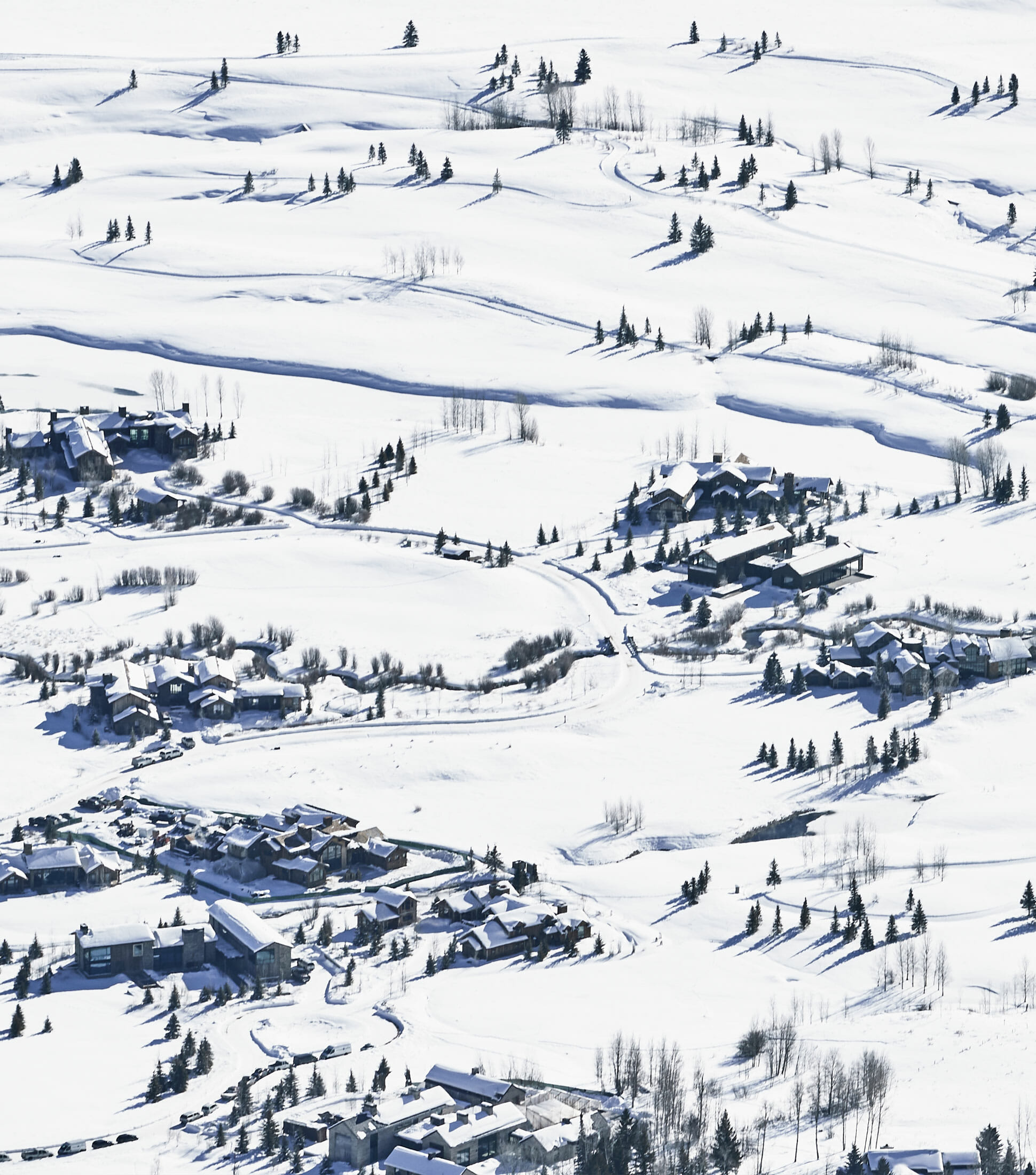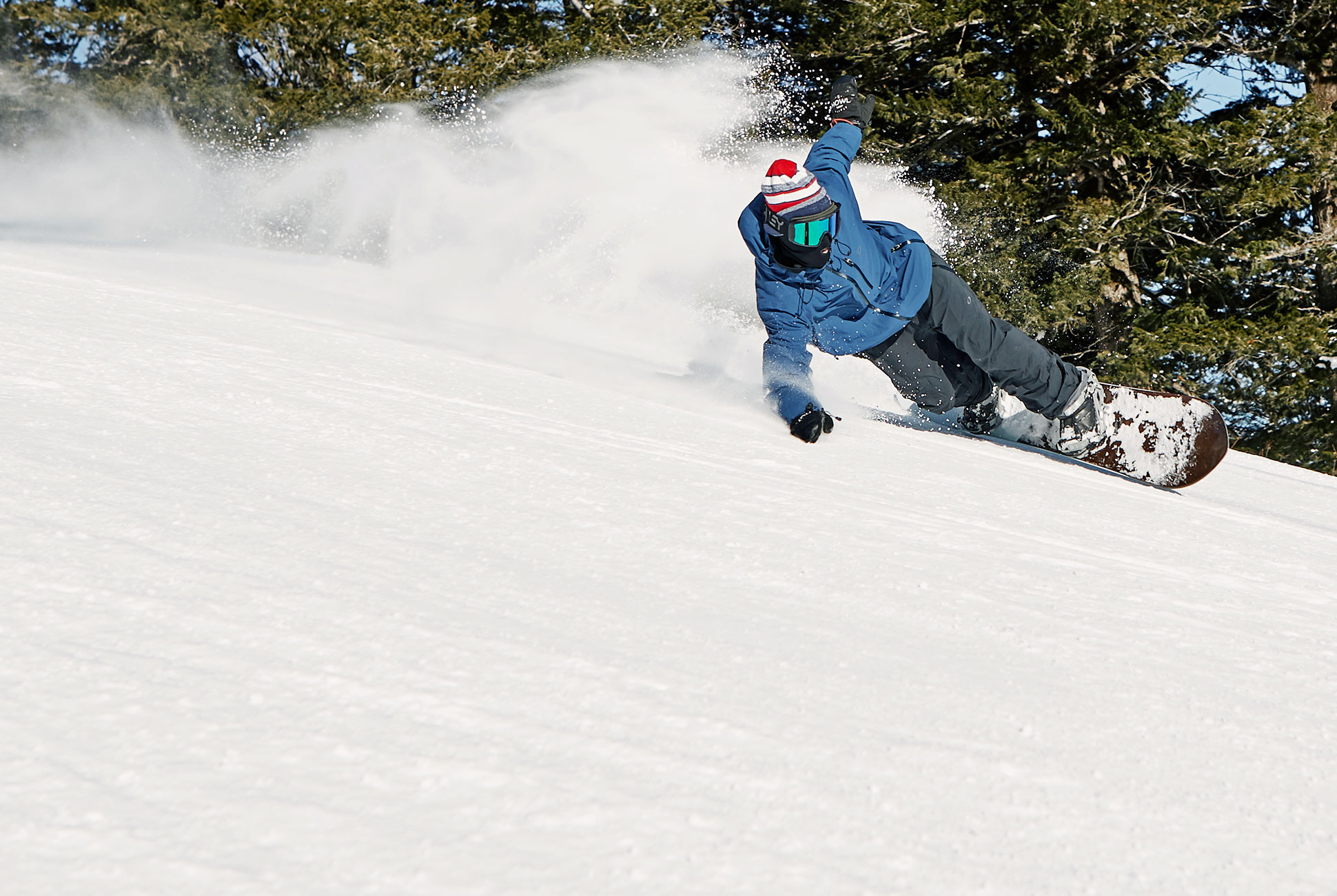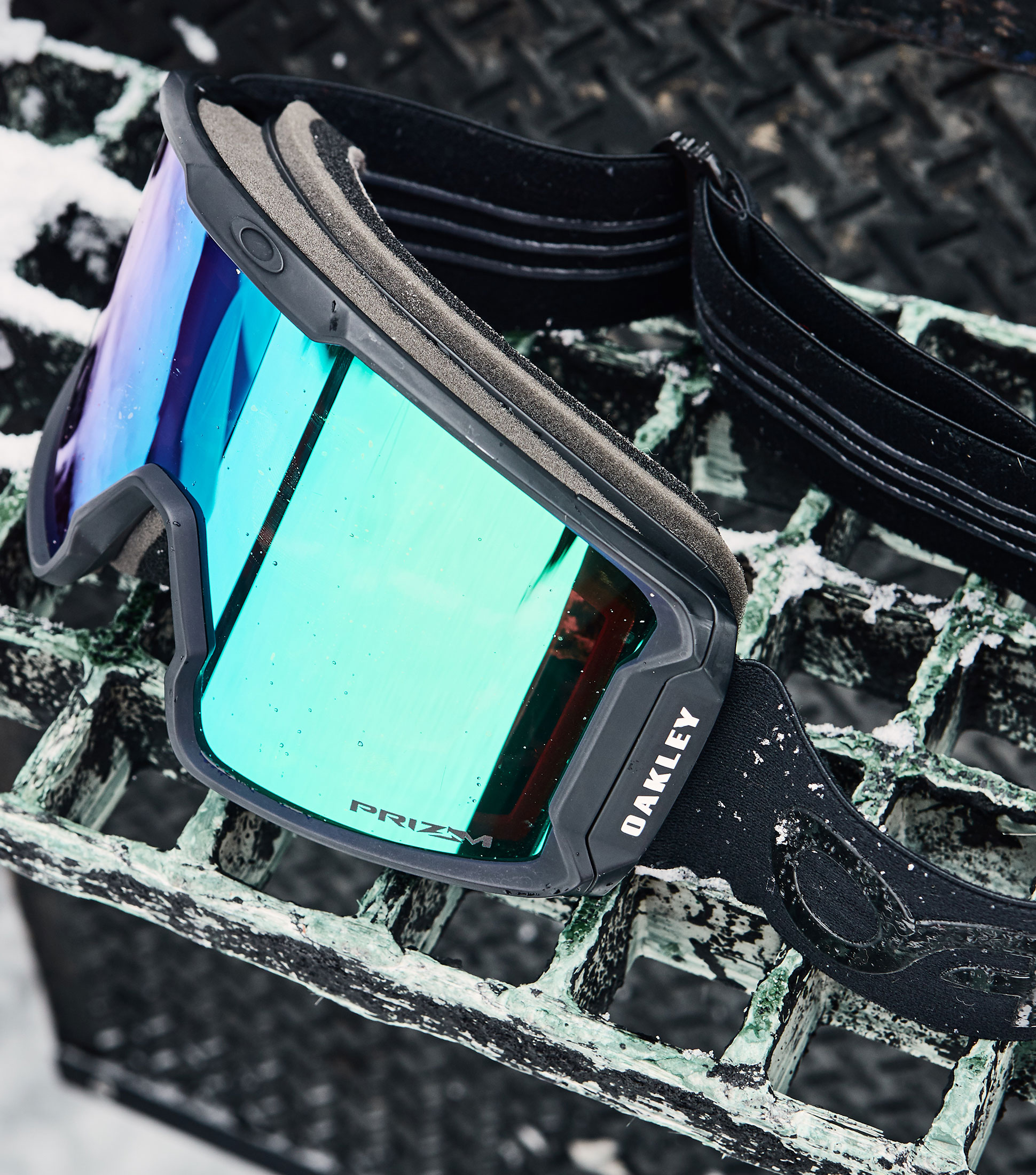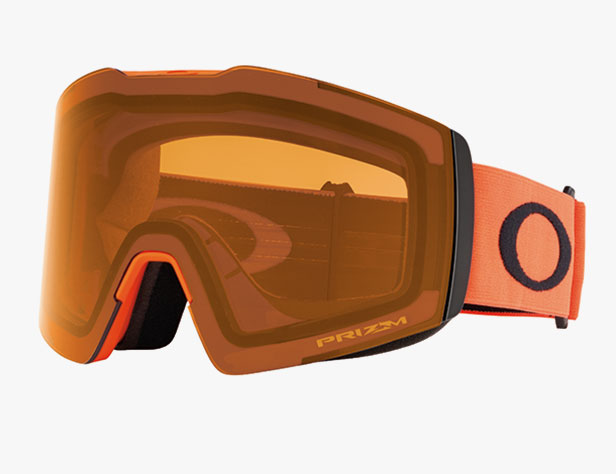
In Wyoming’s Teton mountain range, the weather can hardly be described as predictable. In fact, the word unpredictable doesn’t quite do it justice. It’s common for there to be what’s called an “inversion layer,” which can cause the temperature at the base of the mountains to be brutally cold (often below zero) with socked-in cloudy skies, while the summits offer full sun and temperatures reaching close to 32 degrees Fahrenheit. We experienced these exact conditions snowboarding with pro-skier (and occasional boarder), Sean Petit in the Tetons. This wavering weather pattern is enough to drive any outdoor adventurer to insanity. Outfitting for on-mountain adventures in such conditions is a huge challenge due to the amount of gear you need to carry and the versatility your kit needs to have.
We were specifically out with Pettit to test Oakley’s Prizm™ Snow lens technology. Protecting and preserving your vision in a place like the Tetons can be particularly tough, which is why you need a goggle lens that offers not only protection but also high-quality optics. At the base where the light is flat due to cloud cover, most ski and snowboard goggles struggle to pick out definition in the snow. At the summit, a dark goggle lens can shade your eyes, but most struggle with the same lack of definition. Both of these situations can be potentially dangerous — failing to see a bump or rut in the snow can mean falling at times when it isn’t an option, like traversing an exposed cliff band, dropping into a particularly steep section or simply falling in the middle of a high-traffic run.
Pettit is a 5’8″ wirey, energized pro — not to mention, two-time X-Games Real Snow Backcountry medalist known for his ability to ride big steep lines in backcountry terrain. After logging his share of hours, he’s experienced the importance of picking out definition in the snow at crucial times first hand.
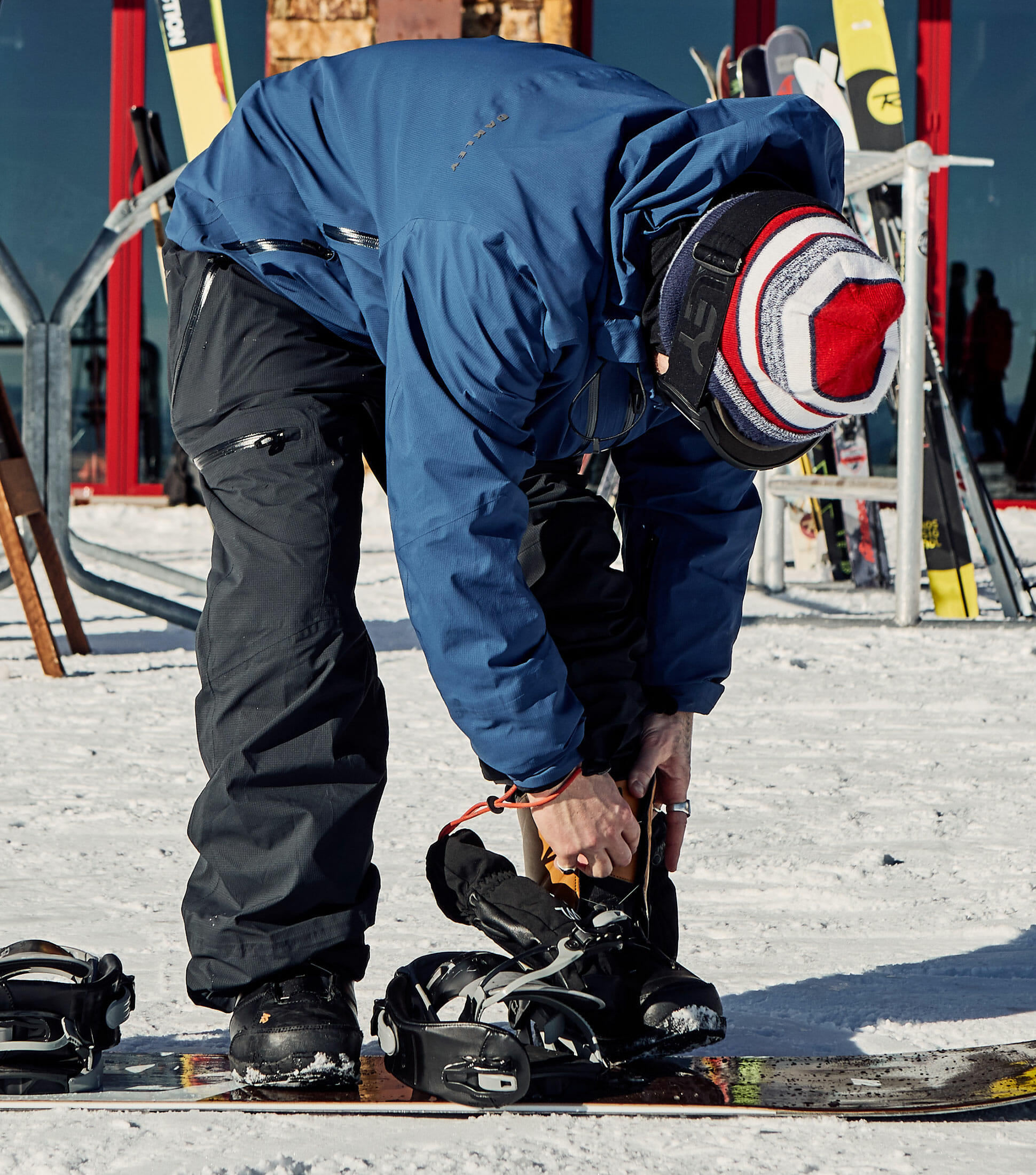
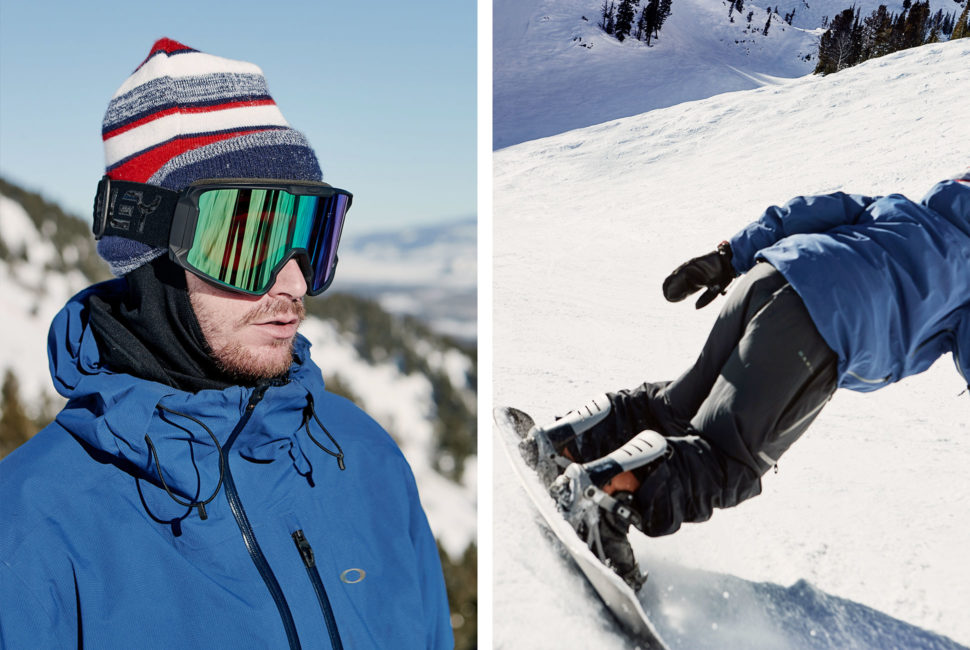
On one late-season mission to film a shot in British Columbia, Pettit had to be roped-in and repel down into a tight couloir (a long narrow chute), barely arms’ width across. It was the time of year that big snow cornices at the tops of these chutes tend to break free, and Pettit was positioned just beneath a large one the size of a school bus. “I’m just uncontrollably shaking and trembling,” Pettit recalls, speaking to us après-ski in a quiet library. He unhooked his rope from his harness and radioed to his film crew, letting them know that he’s ready to drop in. He hits the go button, and there’s no turning back “I’m going so fast, right in the middle of the chute,” Pettit said. His skis started to chatter. One wrong move, or one unforeseen obstacle, and the consequences would have been dire. If he had failed to see a lip or bump in the snow, he would have gone airborne down the center of the chute — without a way to stop or slow down. “That was the scariest thing I’ve done for sure,” Pettit added.
“It’s like putting on a pair of glasses that enhance your vision.”
For most skiers and snowboarders, the consequences of failing to see features and obstacles in the snow are less acute, but still present. Many skiers and snowboarders will opt for whatever lens they have on hand (often whatever lens came with the goggle), and are limited by what they can see without knowing it. It’s hard to know what you’re missing if you haven’t experienced something better. “You can put on any pair of goggles as a skier or snowboarder, and be like ‘I can see just fine.’ And then you put on a pair of Oakleys and it’s like, ‘I can see crisp and clear.’ If you don’t wear glasses, it’s like putting on a pair of glasses that enhance your vision,” said Pettit, referencing Oakley’s Prizm™ lens technology. And he would know: Pettit’s experienced Oakley’s lenses evolve during the last 15 years that he’s been sponsored by the brand.
The technology was developed over the course of 15 years with the help of scientists in addition to Oakley professional athletes. The Prizm™ technology isn’t a coating or a lens treatment. It is implemented during the manufacturing process of the lens, which means that it will never wear off. There’s a lot of science involved in the process, but it essentially allows Oakley to tune certain colors and either pull them out or drop them off. By tuning colors, the product can enhance definition on even the flattest of flat light days, or maintain definition on blown-out sunny days.
In testing Oakley’s Prizm™ lens tech in the Tetons, the need to swap lenses was less critical than with others on the market. In low-light runs through the trees, they allowed enough light transmission to see snow definition and obstacles quickly. In open bowls and bright sun, the lenses provided ample protection against eye fatigue (a common plight when skiing and snowboarding in areas with little scenery other than rolling blankets of snow) while still pulling out contrast. In many cases, the lenses hit a Goldilocks zone of sun protection and high definition vision.
For Pettit, it’s clear to see the progression in the lens technology. His all-time beloved Oakley goggle frame, the E Frame, offered little more than slight sun protection and a shield from the wind when it was first launched in 1996. But his current favorite frame, the Line Miner with Prizm™ Hi Pink Iridium lens, brings the retro aesthetic from the E Frame and adds a healthy dose of high-performance optics. “You won’t know how good [Prizm™] is until you actually try it,” Pettit quipped after testing on one of the Tetons’ trademark unpredictable weather days. “Oakley has perfected it over the course of so long. They’ve been doing goggles for long enough that they know exactly what to do next.”
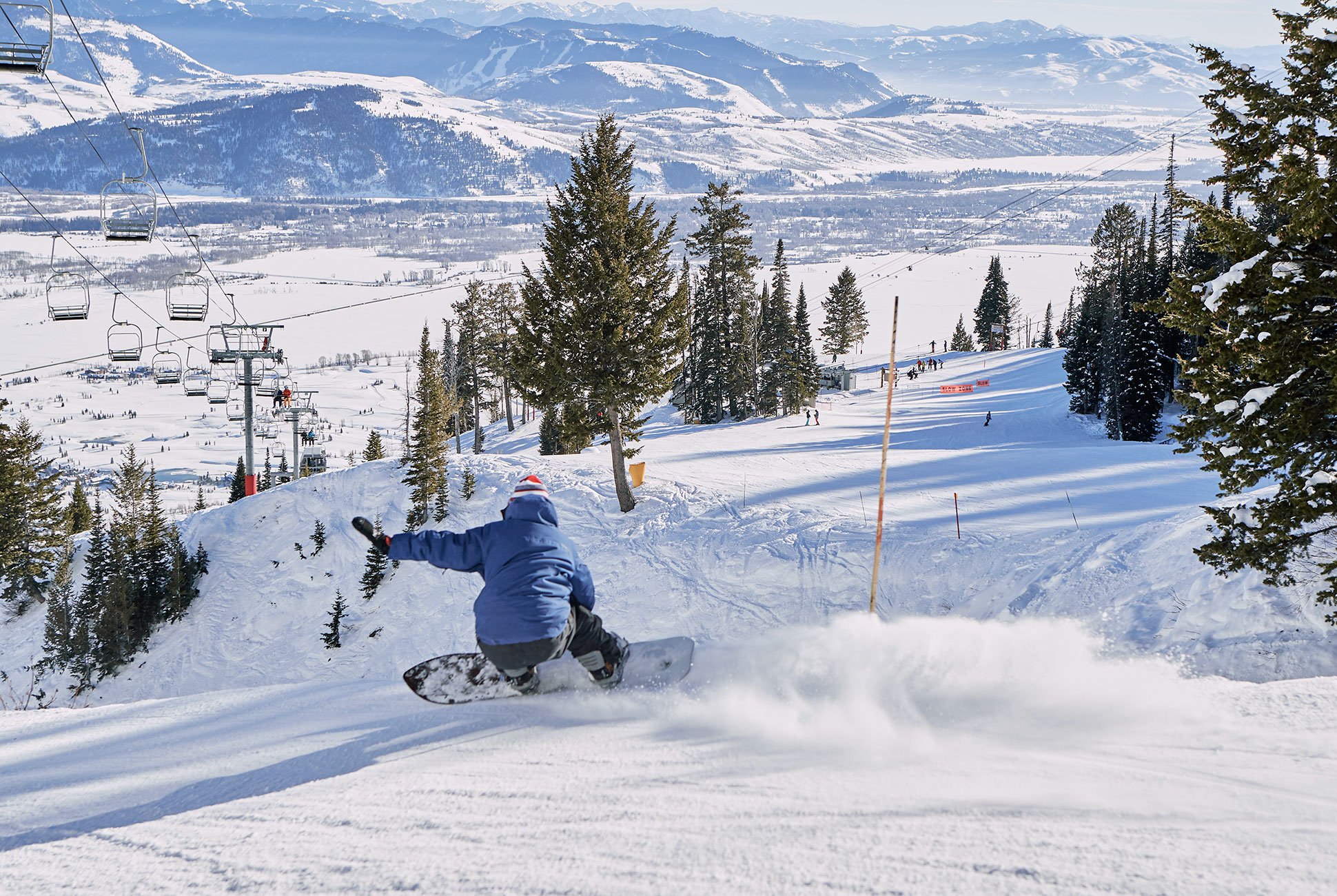
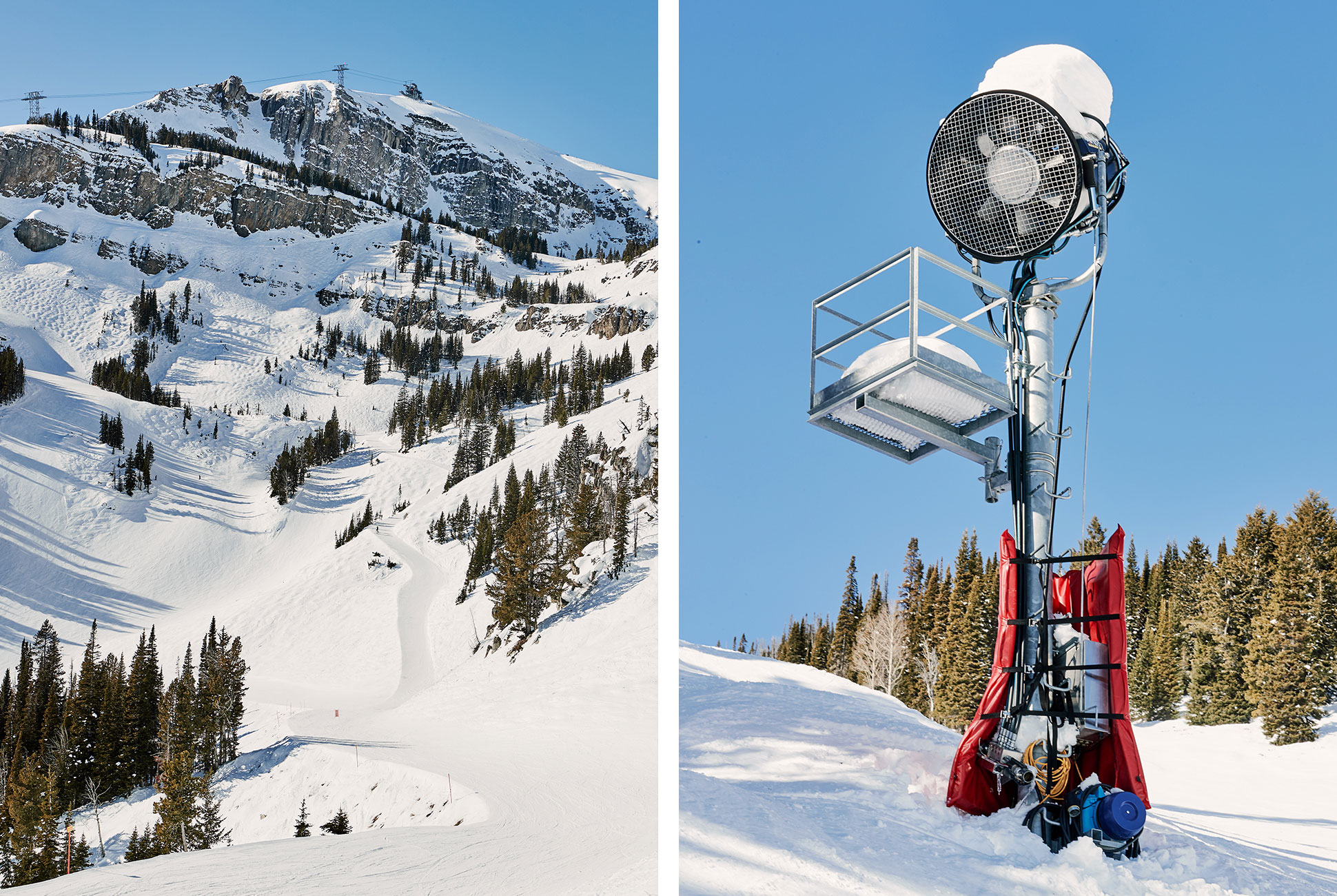
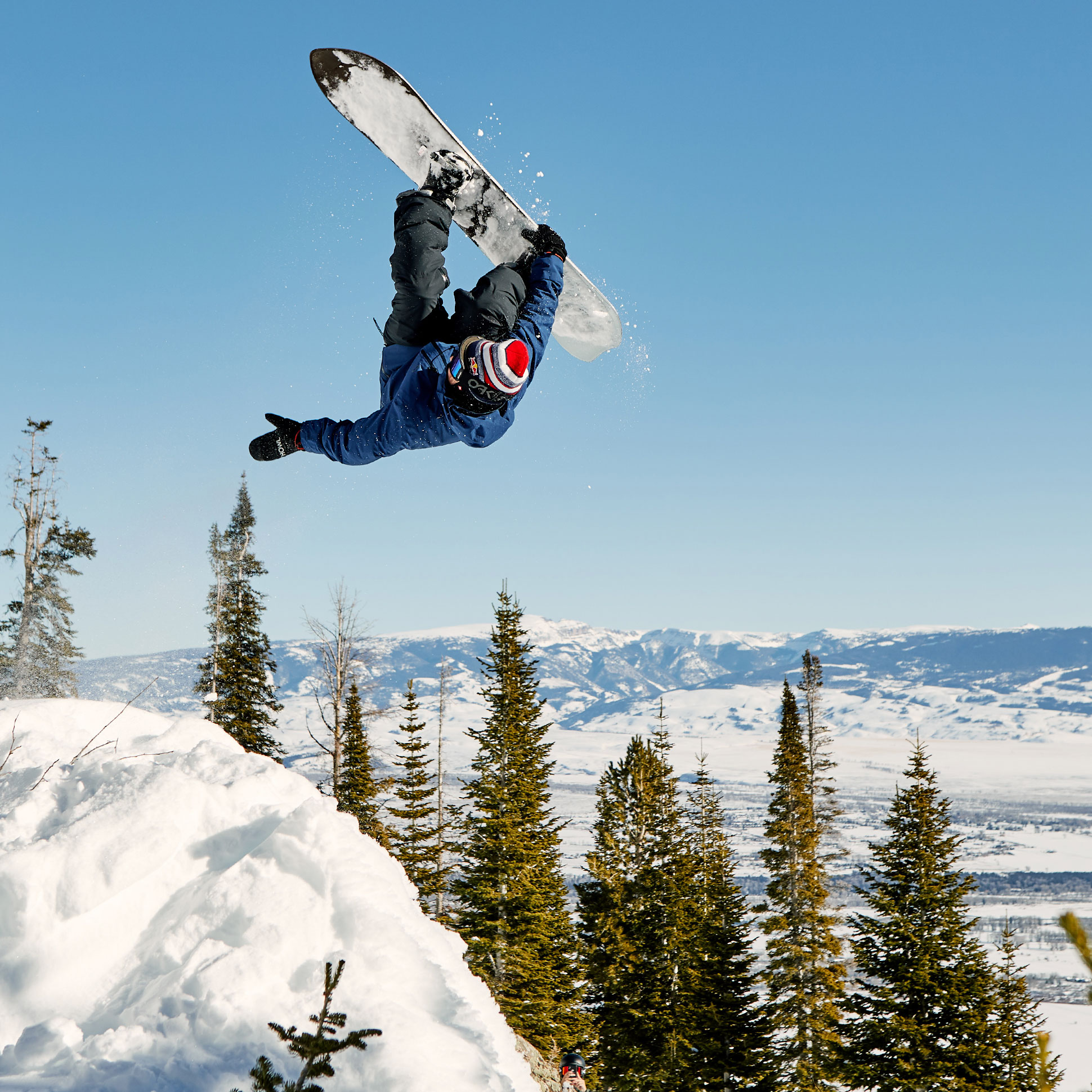
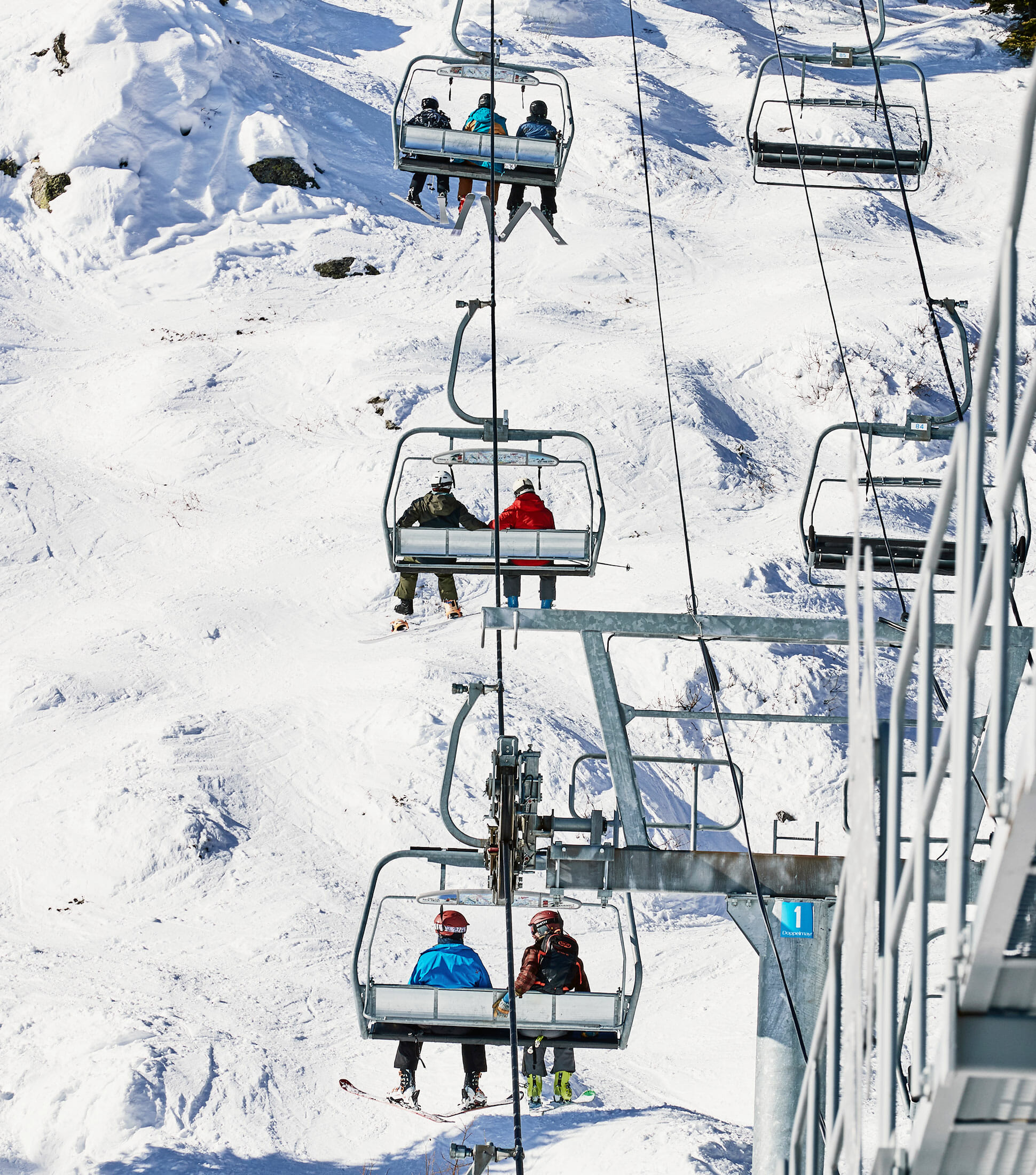
The next release in Oakley’s already impressive stable of snow lenses is Prizm™ Persimmon, a new lens that takes a hi yellow lens (which is used on low light days to brighten everything up), and reduces the typically associated eye fatigue and adds more contrast to the snow. It’s perfect for challenging low light conditions, and is a massive upgrade over the traditional yellow lens. It will be available for purchase in a number of goggle frames on Oakley.com in fall/winter 2019. Learn More: Here
